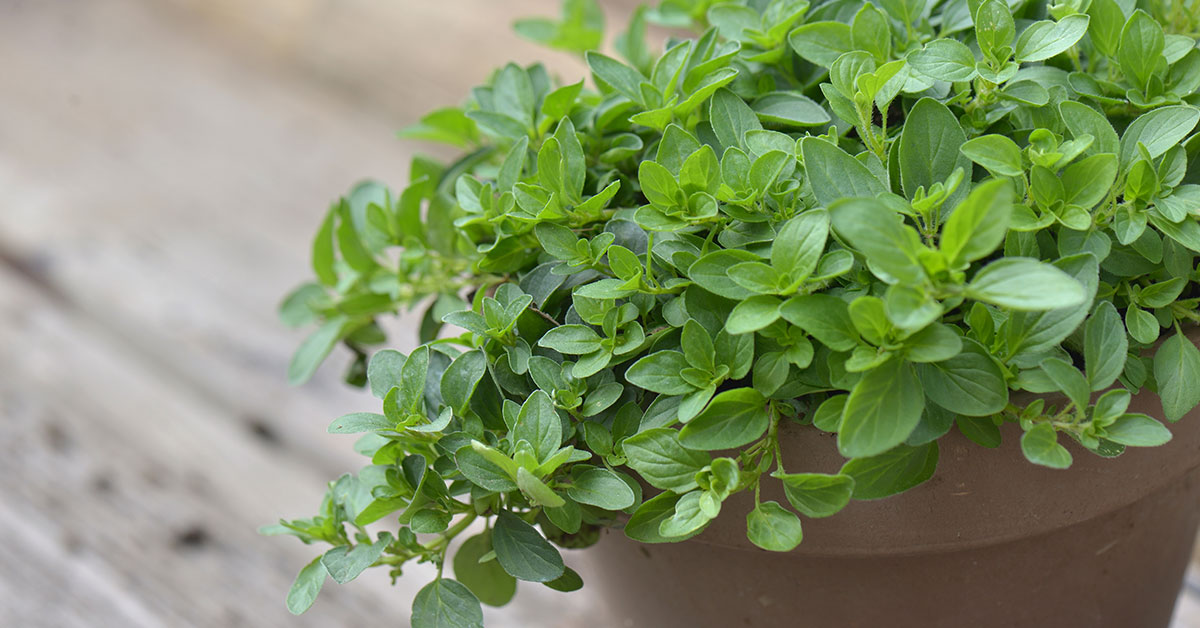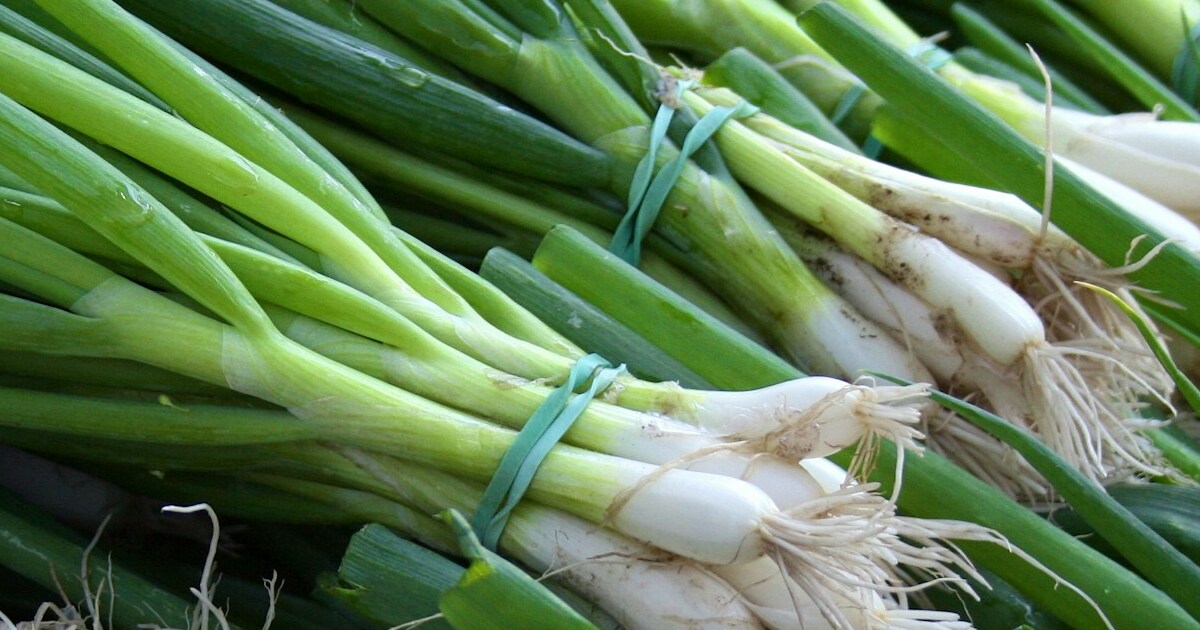Companion planting is a wonderful way to maximize the productivity and health of your vegetable garden. By growing certain plants together, you can enhance growth, deter pests, and even improve flavor. Perennial herbs are particularly beneficial companions for vegetables because they come back year after year, providing consistent support without the need to replant. Plus, they’re fantastic for attracting pollinators and beneficial insects to your garden.
In this article, I’ll share with you ten of my favorite perennial herbs that make excellent companions for vegetables. These herbs not only offer culinary delights but also play important roles in maintaining a healthy, thriving garden ecosystem. Whether you’re a seasoned gardener or just starting out, these herbs can provide an array of benefits and make your gardening experience even more enjoyable!
Sage
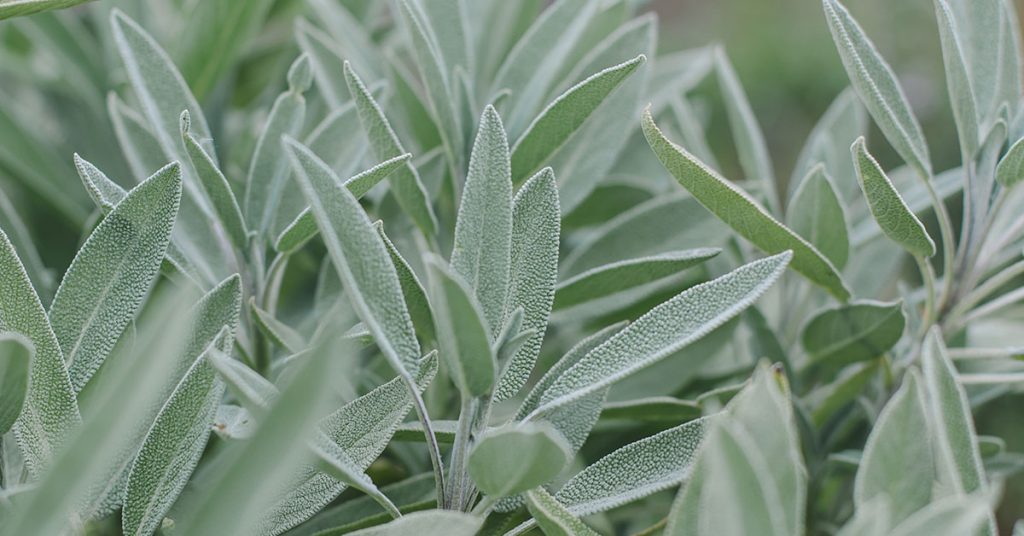
Sage is a hardy perennial herb that thrives in sunny, well-drained areas of the garden. Its gray-green leaves and spikes of purple-blue flowers are not only attractive but also incredibly beneficial for your vegetable garden. Sage’s strong aroma can deter a variety of pests, including cabbage moths, carrot flies, and beetles, making it a great companion for brassicas, carrots, and tomatoes.
One of the things I love about sage is its versatility in the kitchen. Fresh or dried, its leaves add a wonderful flavor to meats, stews, and stuffing. Sage is also drought-tolerant once established, making it a low-maintenance addition to your garden. Planting sage near your vegetables can help improve their growth and resilience, while also providing you with a constant supply of this aromatic herb.
Chives
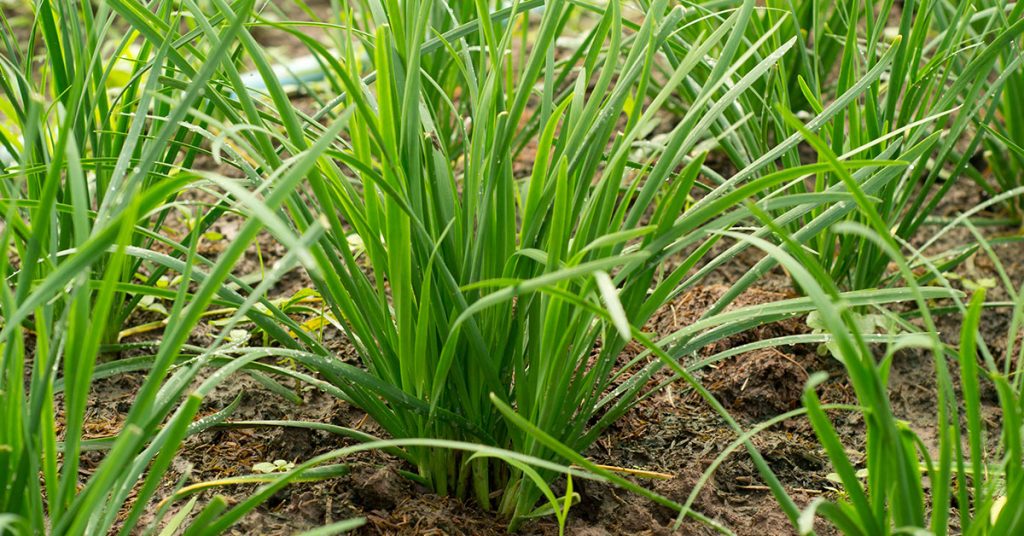
Chives are a must-have in any vegetable garden. Their slender, onion-flavored leaves and purple pom-pom flowers add a splash of color and flavor to your garden. Chives are known to repel aphids, Japanese beetles, and carrot rust flies, making them excellent companions for carrots, tomatoes, and roses. Plus, their flowers attract beneficial insects like bees and butterflies, which help pollinate your garden.
What I adore about chives is how easy they are to grow and maintain. They thrive in a variety of soil conditions and can even tolerate partial shade. Once established, they come back year after year with minimal care. Snip the leaves as needed for a fresh, mild onion flavor in your dishes, and enjoy the added benefit of healthier, pest-free vegetables in your garden!
Thyme

Thyme is a versatile and hardy perennial herb that fits perfectly into any vegetable garden. Its tiny, aromatic leaves and clusters of small, pink or purple flowers attract beneficial insects like bees and predatory wasps, which can help keep pest populations in check. Thyme is particularly effective at deterring cabbage worms, making it an excellent companion for cabbage, broccoli, and other brassicas.
I find thyme to be incredibly rewarding to grow due to its low maintenance needs and culinary versatility. It thrives in well-drained soil and can withstand drought, making it a resilient addition to your garden. Use thyme fresh or dried to add a savory depth to soups, stews, and roasted meats. Its creeping habit also makes it a great ground cover, helping to suppress weeds and retain soil moisture around your vegetables.
Mint
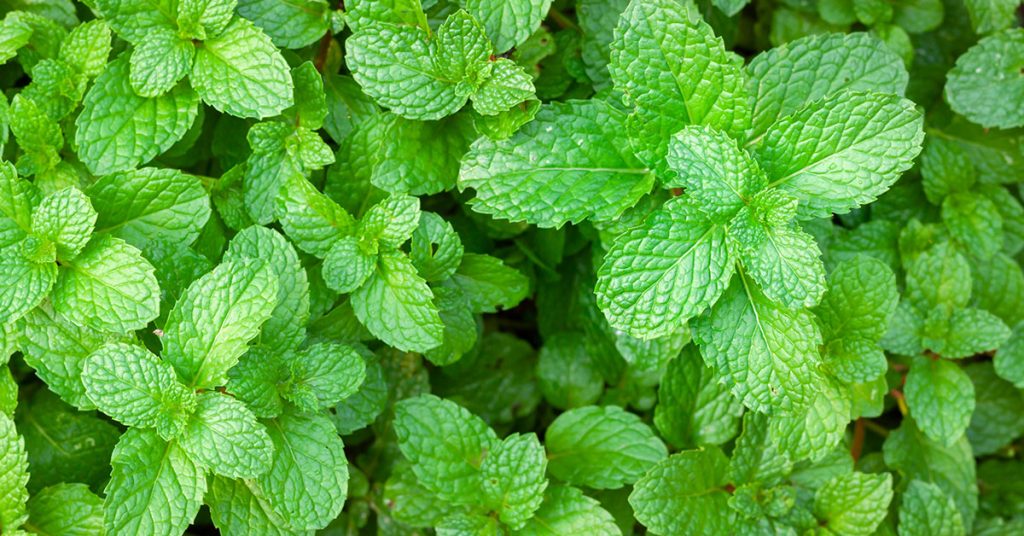
Mint is a vigorous perennial herb known for its refreshing aroma and flavor. While it can be invasive if not contained, its benefits as a companion plant are undeniable. Mint’s strong scent can deter pests like aphids, flea beetles, and cabbage moths, making it a valuable ally for crops such as cabbage, tomatoes, and radishes. Planting mint in pots or controlled areas can help manage its spread while still reaping its benefits.
One of the best things about mint is its versatility in both the garden and the kitchen. It thrives in a variety of conditions, including partial shade, and requires minimal care once established. Fresh mint leaves are perfect for teas, desserts, and savory dishes, providing a burst of flavor and fragrance. With its pest-repelling properties and culinary uses, mint is a fantastic addition to any vegetable garden.
Oregano
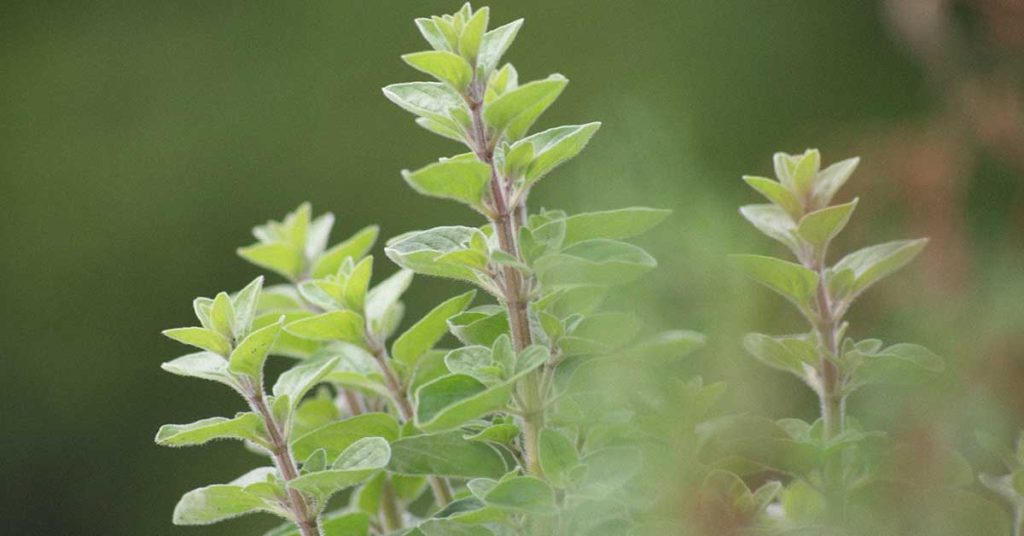
Oregano is a robust perennial herb that brings both culinary and gardening benefits. Its spicy, aromatic leaves are a staple in Mediterranean cuisine, and its small, white or pink flowers attract bees and other pollinators. Oregano is particularly effective at deterring pests like aphids and spider mites, making it a great companion for peppers, tomatoes, and beans.
Growing oregano is a delight because of its hardiness and low maintenance needs. It thrives in well-drained soil and full sun, and once established, it requires very little water. Oregano’s spreading habit makes it an excellent ground cover, helping to suppress weeds and conserve soil moisture. Use its fresh or dried leaves to add a robust flavor to your dishes, while enjoying the added benefit of healthier, more resilient vegetables.
Lavender
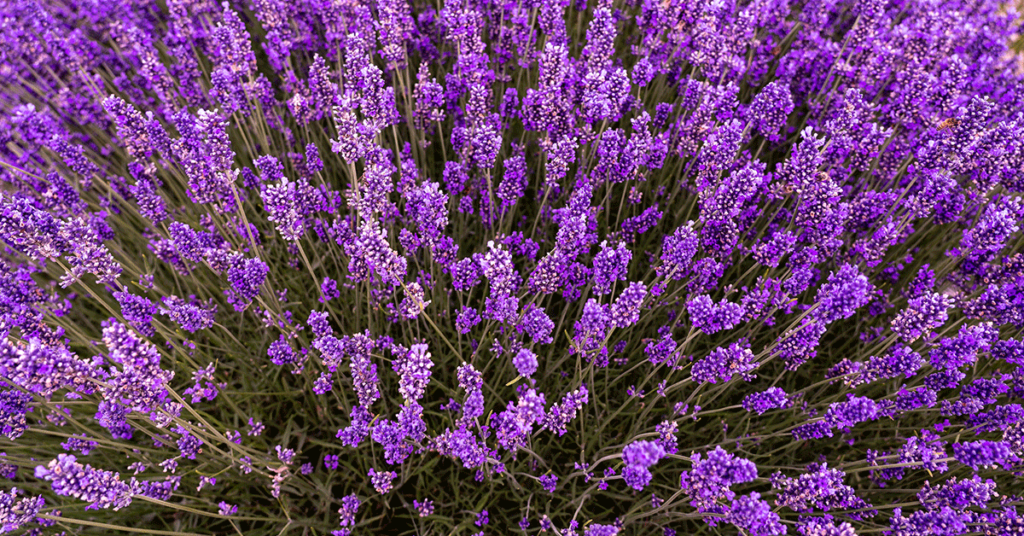
Lavender is not only a beautiful addition to any garden but also an incredibly beneficial companion plant. Its fragrant purple flowers attract pollinators like bees and butterflies, while its strong scent helps repel pests such as moths, fleas, and mosquitoes. Lavender is especially useful when planted near crops like lettuce, cabbage, and tomatoes, helping to create a healthier garden environment.
One of my favorite things about lavender is its versatility and hardiness. It thrives in well-drained soil and full sun, and once established, it is drought-tolerant and requires minimal care. The flowers can be used for a variety of purposes, from culinary to crafting, adding a touch of elegance and fragrance to your home. With its pest-repelling properties and aesthetic appeal, lavender is a wonderful herb to grow alongside your vegetables.
Rosemary
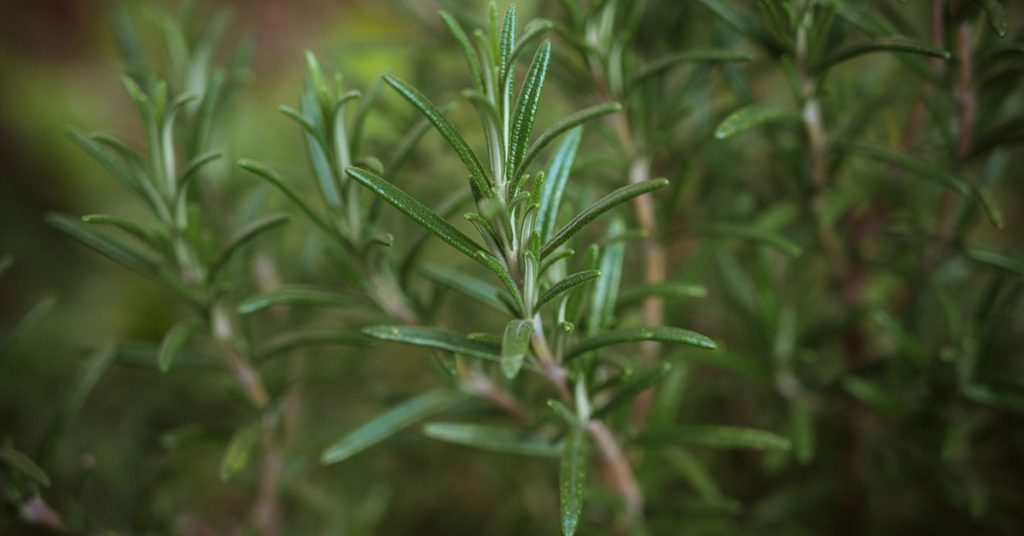
Rosemary is a woody perennial herb known for its aromatic, needle-like leaves and small blue flowers. It’s an excellent companion plant for many vegetables, particularly carrots, beans, and cabbage, as its strong scent helps repel pests like carrot flies, cabbage moths, and bean beetles. Rosemary also attracts beneficial insects such as bees, enhancing the overall health of your garden.
What I love about rosemary is its resilience and culinary uses. It thrives in well-drained soil and full sun, and once established, it can withstand drought conditions. Rosemary’s leaves add a delightful flavor to a variety of dishes, including roasted meats, potatoes, and bread. Its robust nature and pest-repelling properties make it an invaluable addition to any vegetable garden, providing both practical and culinary benefits.
Tarragon
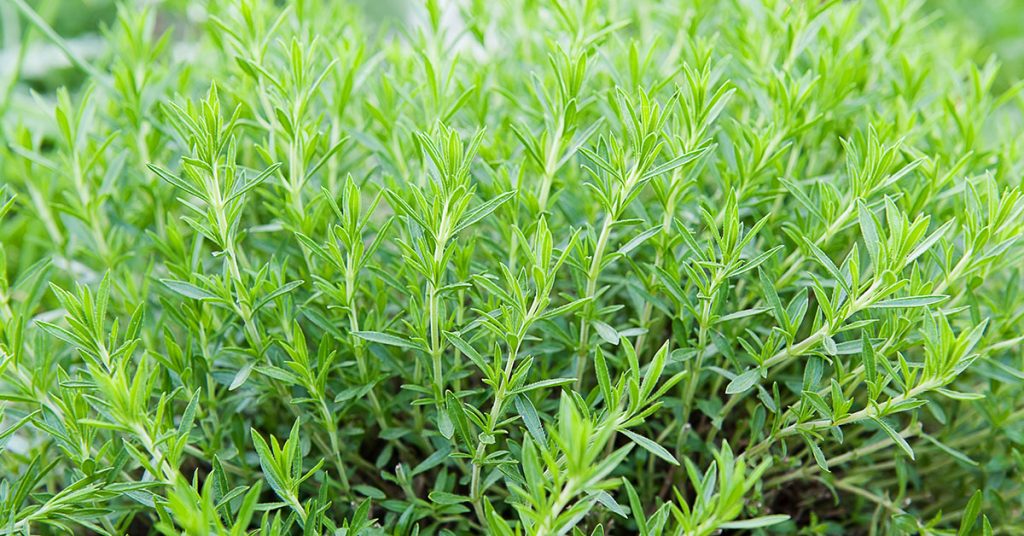
Tarragon is a perennial herb known for its distinctive anise-like flavor, which adds a unique touch to a variety of dishes. In the garden, tarragon is a fantastic companion plant for vegetables like tomatoes, eggplants, and peppers. Its aromatic leaves help deter pests such as aphids and ants, while also attracting beneficial insects that can help pollinate your garden.
Growing tarragon is relatively easy, as it prefers well-drained soil and full sun to partial shade. It’s a hardy herb that requires minimal maintenance once established. Use its fresh or dried leaves to enhance the flavor of your culinary creations, from sauces and dressings to chicken and fish dishes. With its pest-repelling qualities and culinary versatility, tarragon is a valuable addition to any vegetable garden.
Lemon Balm
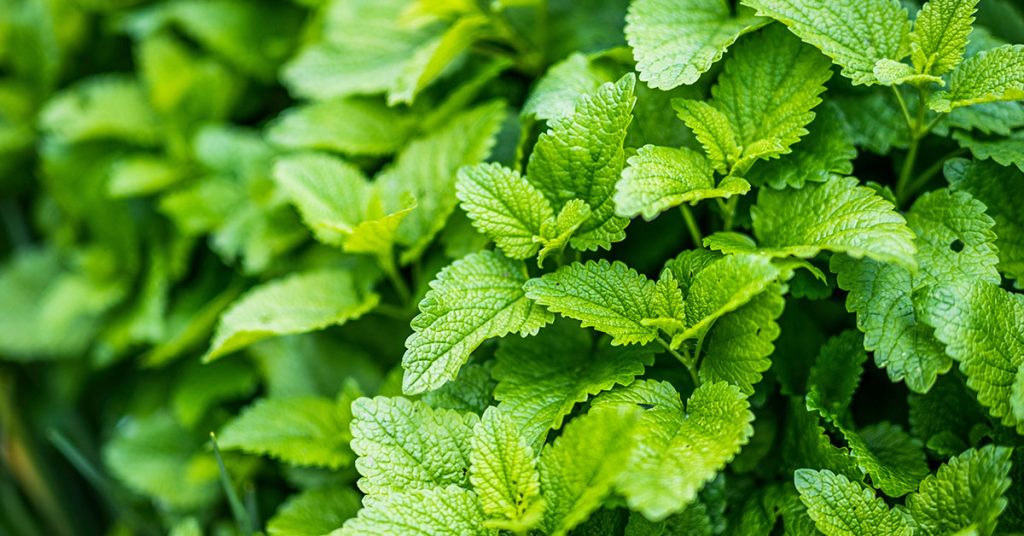
Lemon Balm is a delightful perennial herb with a fresh, lemony scent that can invigorate any garden. It’s particularly effective at repelling pests like mosquitoes and squash bugs, making it a great companion for cucumbers, squash, and other vegetables. Lemon Balm’s small, white flowers attract pollinators, helping to ensure a bountiful harvest.
One of the things I appreciate about Lemon Balm is its ease of growth and maintenance. It thrives in a variety of soil conditions and can tolerate partial shade. The leaves can be used to make refreshing teas, flavor desserts, or add a citrusy note to savory dishes. Its vigorous growth and pest-repelling properties make Lemon Balm a fantastic addition to any vegetable garden.
Marjoram
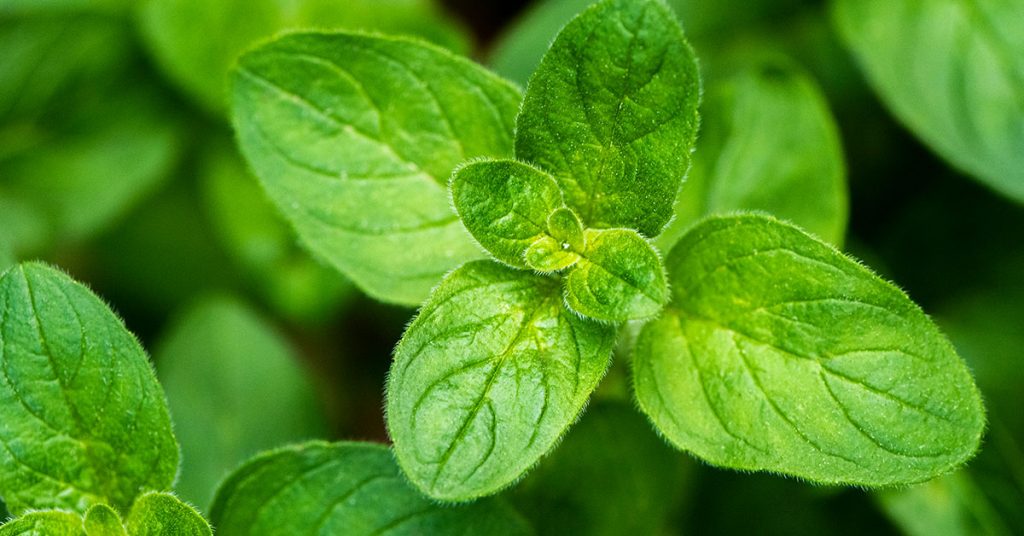
Marjoram is a tender perennial herb closely related to oregano but with a milder, sweeter flavor. It’s an excellent companion for a wide range of vegetables, including beans, tomatoes, and onions. Marjoram’s aromatic leaves help deter pests like aphids and beetles, while its flowers attract beneficial insects that aid in pollination and pest control.
What I love about marjoram is its versatility in the garden and kitchen. It thrives in well-drained soil and full sun, requiring minimal care once established. Use marjoram fresh or dried to add a subtle, sweet flavor to your culinary dishes, from soups and stews to salads and marinades. Its pest-repelling properties and culinary uses make marjoram a valuable herb to grow alongside your vegetables.
